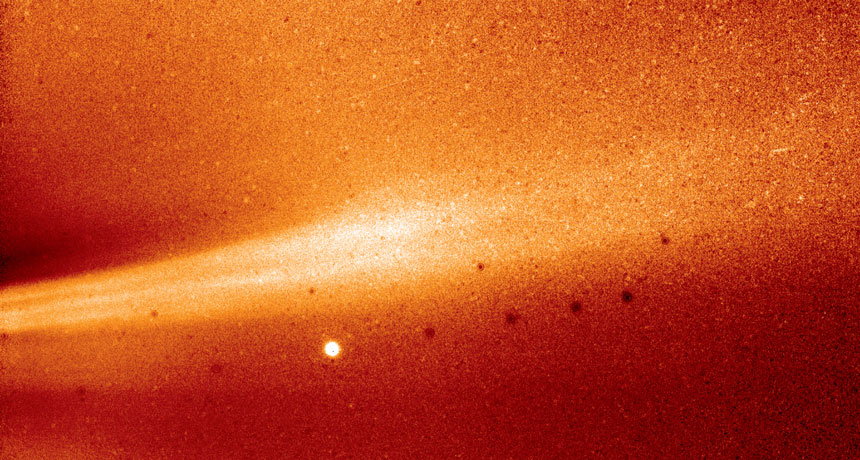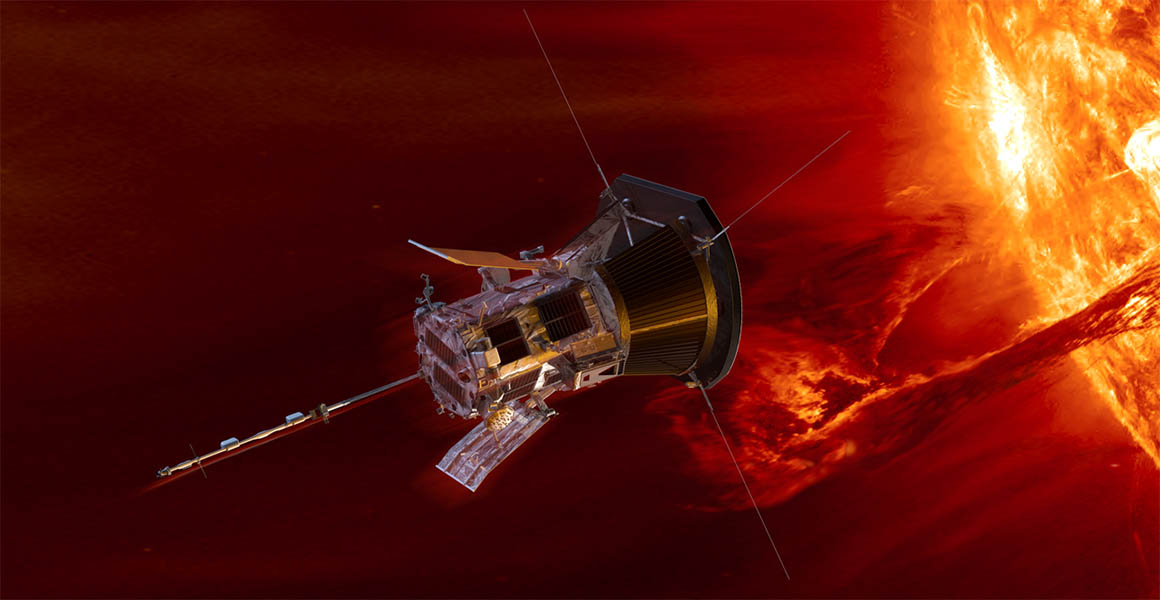The Parker Solar Probe launched back in August and, since then, it has broken the record for the fastest space probe and was also crowned as the first spacecraft that has been the closest to the sun and lived to tell the tale.
Parker only started relaying information on December 7th, as it had been on the opposite side of the sun during its flyby. The scientists back on Earth are still currently receiving data but, among all the information they got there was also a photograph the probe took during its close encounter with the burning giant.

The image was captured by the spacecraft’s WISPR (Wide-field Imager for Solar Probe) when Parker was 16.9 million miles away from the sun – inside its corona, to be more exact. The bright spot we can see in the distance is actually Jupiter while the jets that cut through the middle of the photo are solar material, or coronal streamers.
“What we are looking at now is completely brand new. Nobody looked at this before.”
– Nour Raouafi, Solar Physicist at the Johns Hopkins University Applied Physics Lab
Parker will continue to relay the rest of the data between March and May of 2019 and the information it will contain will, the scientists hope, shed some light on why the sun’s corona is 300 times hotter than its surface.
“If you ask any scientist in the team or even outside what to expect, I think the answer would be, we don’t really know,” Nour Raouafi stated “We are almost certain we’ll make new discoveries.”
The scientists will definitely have a lot of data to work with and get answers from: the Parker Solar Probe is expected to operate until 2025.
Also Read: ✍️NASA Receives First Light Image From the Parker Solar Probe✍️
Follow TechTheLead on Google News to get the news first.





















